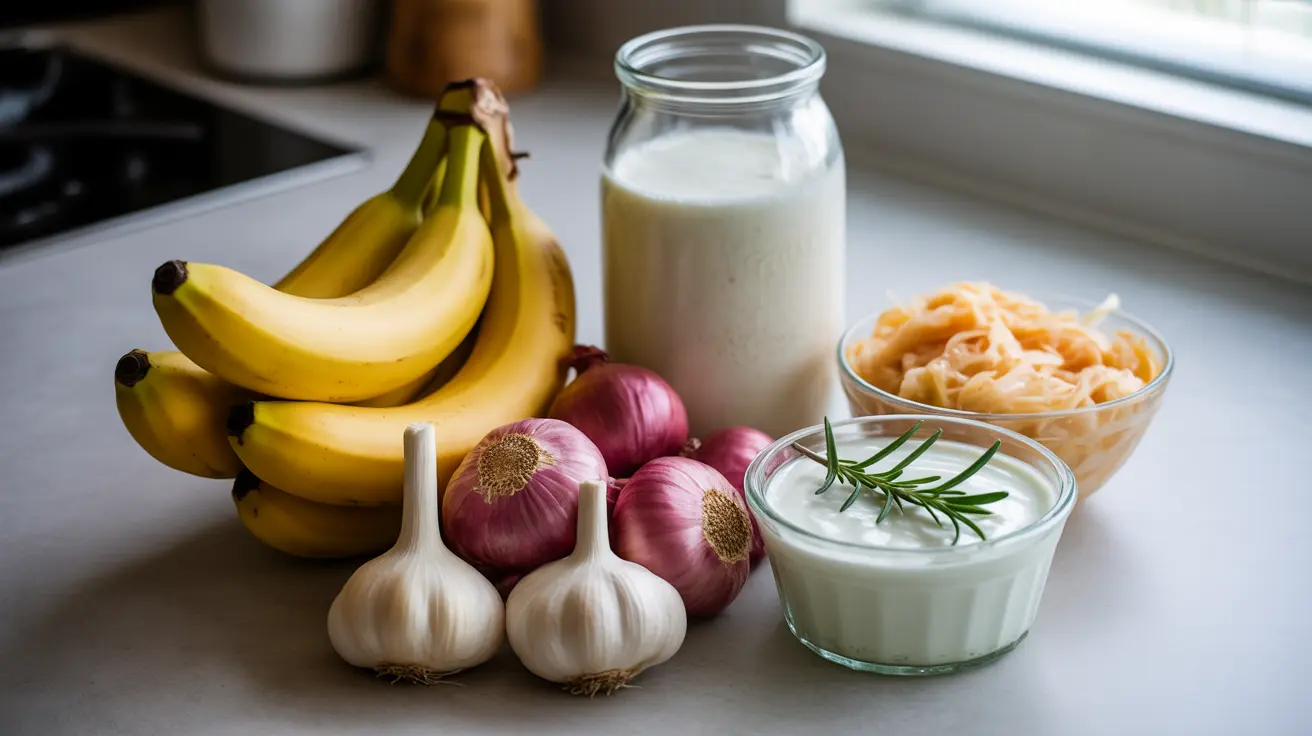Understanding how to effectively combine prebiotics and probiotics can significantly enhance your gut health and overall well-being. While each plays a distinct role in digestive health, their synergistic relationship makes them particularly powerful when taken together. This comprehensive guide will explore how these beneficial compounds work in tandem and the best ways to incorporate them into your daily routine.
Understanding Prebiotics and Probiotics: A Powerful Partnership
Prebiotics and probiotics work together in a complementary fashion to support your digestive system. Probiotics are beneficial live bacteria that contribute to a healthy gut microbiome, while prebiotics are specialized plant fibers that act as food for these good bacteria. This relationship creates what's known as a synbiotic effect, where the benefits of each are enhanced by the presence of the other.
The Science Behind the Synergy
When you consume prebiotics and probiotics together, you're essentially providing both the "good" bacteria and their preferred food source. Prebiotics are broken down and fermented by probiotics in your gut, producing beneficial compounds called short-chain fatty acids. These compounds help maintain gut barrier integrity, reduce inflammation, and support immune function.
Key Benefits of Combining Prebiotics and Probiotics
Taking prebiotics and probiotics together offers several advantages:
- Enhanced probiotic survival and colonization
- Improved digestive system function
- Stronger immune system support
- Better nutrient absorption
- Reduced inflammation
- Enhanced mood and mental health
Natural Food Sources for Both
While supplements are available, you can obtain both prebiotics and probiotics through your diet. Here are some excellent natural sources:
Prebiotic-Rich Foods
- Bananas
- Onions
- Garlic
- Jerusalem artichokes
- Chicory root
- Asparagus
Probiotic-Rich Foods
- Yogurt
- Kefir
- Sauerkraut
- Kimchi
- Kombucha
- Miso
Safe Supplementation Guidelines
When taking prebiotic and probiotic supplements together, start with lower doses and gradually increase them. Most adults can safely take 5-10 grams of prebiotics daily and 1-10 billion CFUs (Colony Forming Units) of probiotics. It's best to take them with meals to improve absorption and minimize any potential digestive discomfort.
Supporting Digestive Health and Recovery
The combination of prebiotics and probiotics can be particularly beneficial for specific health situations, including recovery after antibiotic treatment and managing digestive disorders. This combination helps restore beneficial bacteria and maintain a healthy gut environment, which is essential for overall digestive health.
Frequently Asked Questions
Q: Can you take prebiotics and probiotics together safely, and what are the benefits of combining them?
A: Yes, prebiotics and probiotics can be safely taken together. This combination, known as synbiotics, enhances the effectiveness of both components by providing both beneficial bacteria and their preferred food source, leading to improved gut health and stronger probiotic colonization.
Q: What are the best food sources of prebiotics and probiotics to support gut health?
A: The best prebiotic sources include bananas, onions, garlic, and asparagus. For probiotics, focus on fermented foods like yogurt, kefir, sauerkraut, and kimchi. Combining these foods in your diet provides natural sources of both components.
Q: How do prebiotics and probiotics work differently, and why is it important to include both in your diet?
A: Probiotics are beneficial live bacteria that support gut health, while prebiotics are specialized fibers that feed these bacteria. Including both ensures that the good bacteria have the nourishment they need to thrive and provide maximum health benefits.
Q: Are there any recommended dosages for taking prebiotic and probiotic supplements together?
A: For adults, a general guideline is 5-10 grams of prebiotics daily and 1-10 billion CFUs of probiotics. However, it's best to start with lower doses and gradually increase them while monitoring your body's response.
Q: Can taking prebiotics and probiotics together help with digestive disorders like IBS or after antibiotic use?
A: Yes, the combination can be particularly helpful for these conditions. They work together to restore beneficial bacteria after antibiotic use and may help manage IBS symptoms by improving gut flora balance and reducing inflammation.




